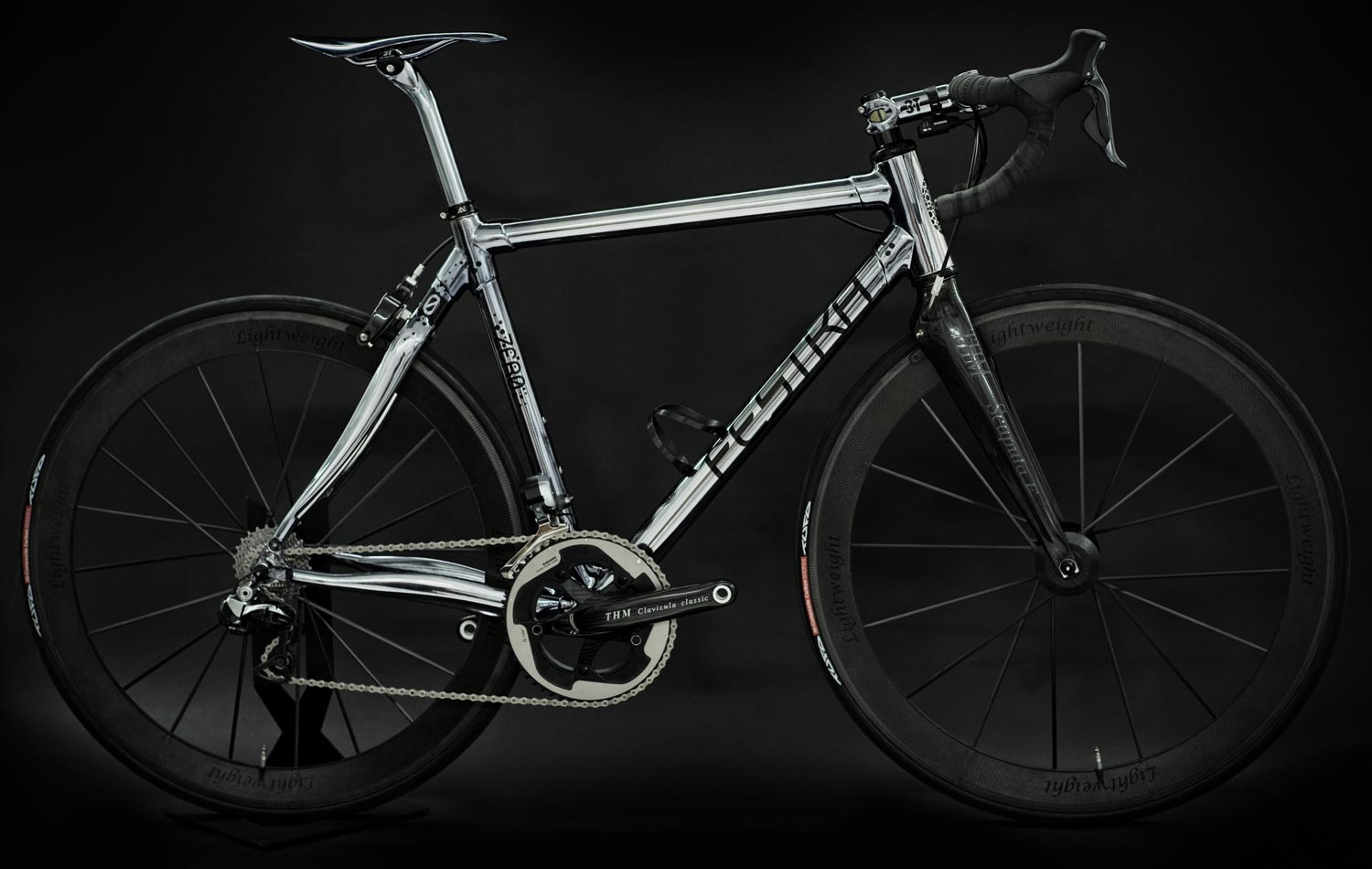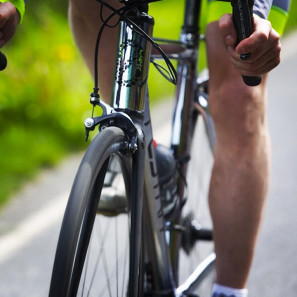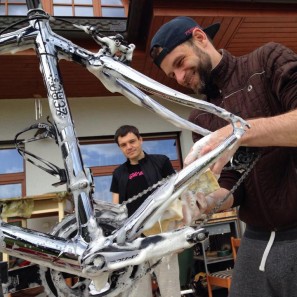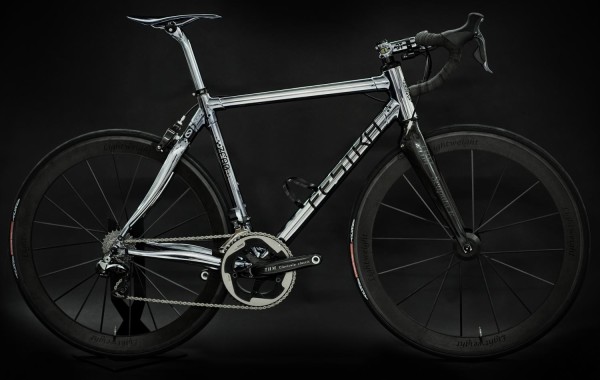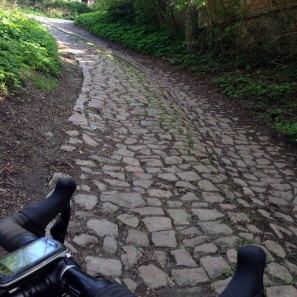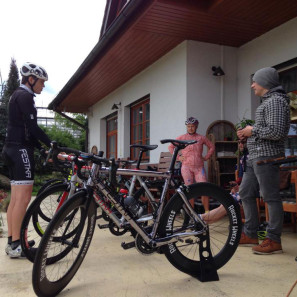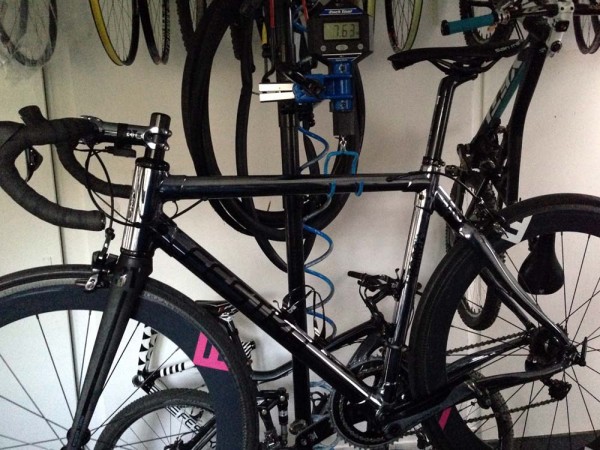After the success of Festka’s crowd funded Project 200, we wanted to get in on the action a bit and see what the resulting made in the Czech Republic carbon Zero frame had to offer. Meeting with Festka we decided to do a long term test on the medium sized (55cm toptube) Zero Chrome show bike that they had built up for one of the owners ahead of our coverage of this year’s NAHBS 2014.
Details, setup, some brief first impressions, and real weight after the jump…
This bike has Festka’s first use of their expensive, multi-step high polish chrome finish on one of their carbon bikes. They’ve employed it on their steel frames, in-house carbon disc wheels, and individual components up until now, and wanted to see how well it stood up to daily use on the carbon frame. We agreed to give the bike a good thrashing to see what it could take.
The test bike was first setup as an elite road racer with a 3T Rigida Team fork, a complete 11speed Dura-Ace Di2 groupset and a set of in-house built Rocket Wheels 70mm deep carbon rims on Tune hubs with Tufo Elite Ride 23mm tubulars (which happily measured out to a more generous 24.5mm wide.) In order to be sure to get a true test, not only of their bike, but also their premium level of service, Festka generously provided a Retül fitting to properly set the bike up with a mix of 3T carbon and aluminum cockpit components and a San Marco Zoncolan saddle, which was a nice analog to my standard Fizik Arione. A set of light, if not flimsy-looking, Tune cages were assured to be able to hold onto a couple of bottles.
This setup, while quite nice looking, doesn’t really feel the most practical for anyone who might have to deal with regular cross winds; and the narrow tires and stiff wheels are not very forgiving on the rough roads and cobbles in and around Prague. Somewhat of a side note, with Festka’s central Prague location riding to their shop requires passing through streets with at least three types of cobble stones, one of which is 200m of stones as rougher as the pavé of Paris-Roubaix’s Trouée d’Arenberg. A good quick reminder to ride wider tires. As such, we also agreed later in the extended test to swap in a set of low profile Rocket Wheels tubulars with slightly wider tires, for a better all-around riding configuration on a mix of surface and terrain.
So far the bike has stood up to the trials and tribulations of being a mixed-surface race bike in the first legs of our test. It has seen an unfortunate amount of rain in the last month, and a decent bit of mud to go with that, handling both admirably. The chrome finish seems to hold up well to flying bits of gravel and has withstood the mud and muck and associated cleanings (not always gently.) What originally seemed like a very stiff bike, also seems to be pretty easy on the back over the long days of 6+ hours in the saddle. The same can’t entirely be said for the 3T Rigida Team fork, which seems to transmit all of that road shock into your arms and shoulders, especially combined with the rigid 70mm deep front rim.
The complete bike as it was handed over to me with the 70mm tubulars, cages, and a pair of steel spindled Speedplay pedals was 7.63kg (16lbs 13oz.) It’ll be good to see if that changes measurable with shallow rims, but fatter tires?
We’ll keep plugging away at the bike, so stay tuned. Plenty of conclusions are coming to shape of what the bike really wants out of a rider and of a road. Plus, we’ve got several more long trips planned to push the Zero to its limits and will see how hard it pushes back.
